2Department of Pathology, Szeged University Faculty of Medicine, Szeged, Hungary; Departments of Pathology and Gastrointestinal Oncology, H. Lee Moffittt Cancer Center and Research Institute, Tampa, USA
3Institute of Pathology, Heinrich-Heine University and University Hospital of Dusseldorf, Dusseldorf, Germany
4Department of Pathology, Memorial Hospitals Group, Istanbul, Türkiye
5Department of Gastroenterology, Ankara University Faculty of Medicine, Ankara, Türkiye
Abstract
Objective: Studies on terminal ileitis date back a long time. Crohn’s disease primarily involves the terminal ileum though it may affect the entire gastrointestinal system with focal/patchy involvement. The aim of this study was to define the histopathologic features of terminal ileitis in detail in a cohort of Crohn’s patients in an attempt to provide a simple guide for practicing pathologists. We further aimed to determine the inflammatory patterns of terminal ileitis in initial and posttreatment biopsies.
Methods: A total of 152 patients with a diagnosis of terminal ileitis of Crohn’s disease were included in the study. Of them, 75 cases were initial biopsies (IB), and 77 patients were control biopsies (CB). Histopathological features of activity and chronicity were evaluated for each case.
Results: Sixty-four (42.1%) cases were female, and 88 (57.9%) were male. In the IB group, the number of patients with terminal ileitis, segmental colitis, and diffuse colitis was 39 (57.4%), 25 (36.8%) and 4 (5.8%), respectively; the number of patients in the CB group was found to be 36 (59%), 20 (32.8%), and 5 (8.2%). No significant difference was found about colonic involvement.
Conclusion: The present study was designed to emphasize the importance of detailed histopathologic examination of terminal ileum biopsies in a cohort of Crohn’s disease patients. Chronicity features are seen at a similar rate between IB and CB. Therefore, our results suggest that chronic ileitis, characterized by patchy inflammation, either active or inactive, is the predominant inflammation pattern of Crohn’s disease’s terminal ileum, regardless of the time of the biopsy.


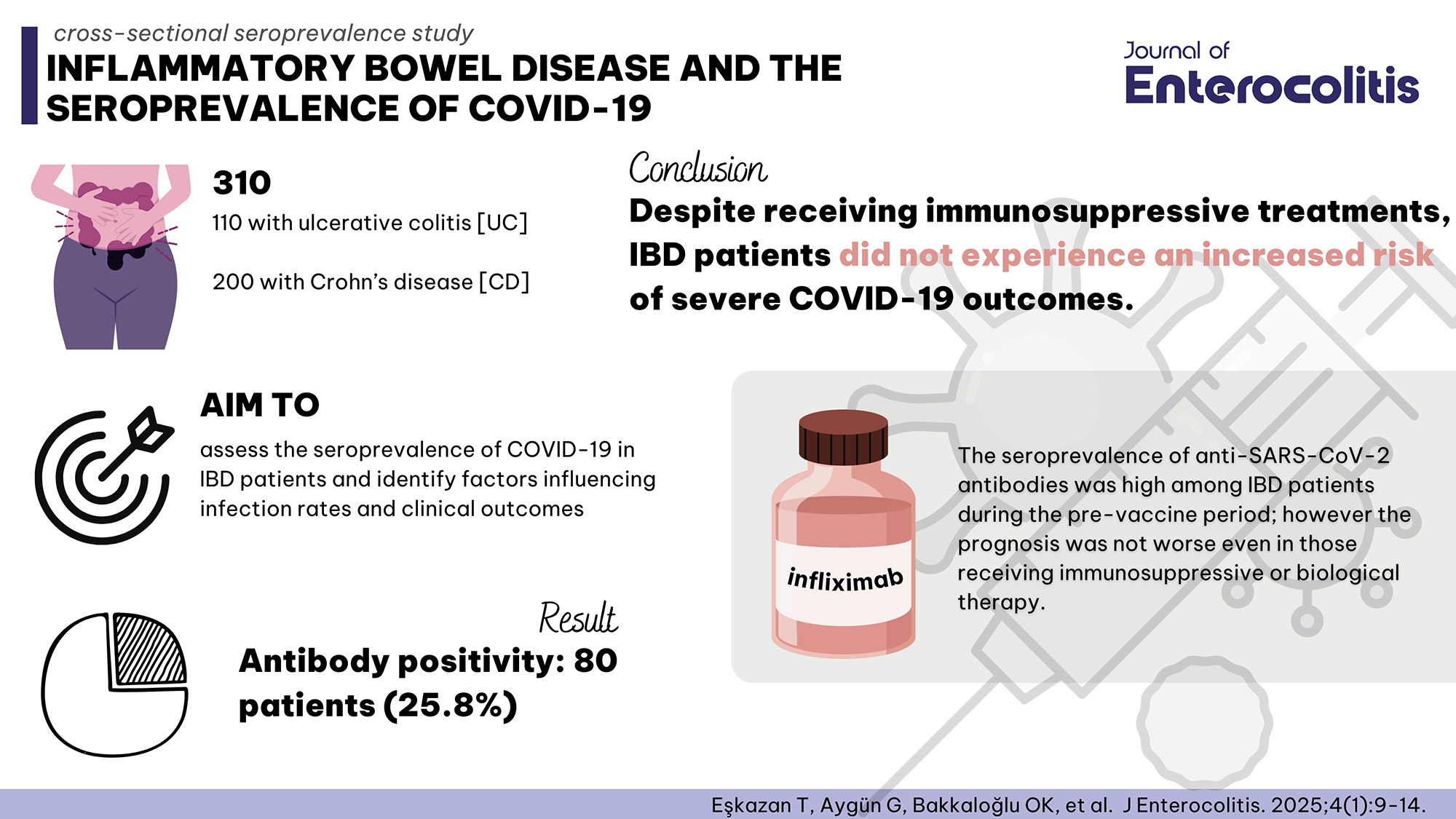

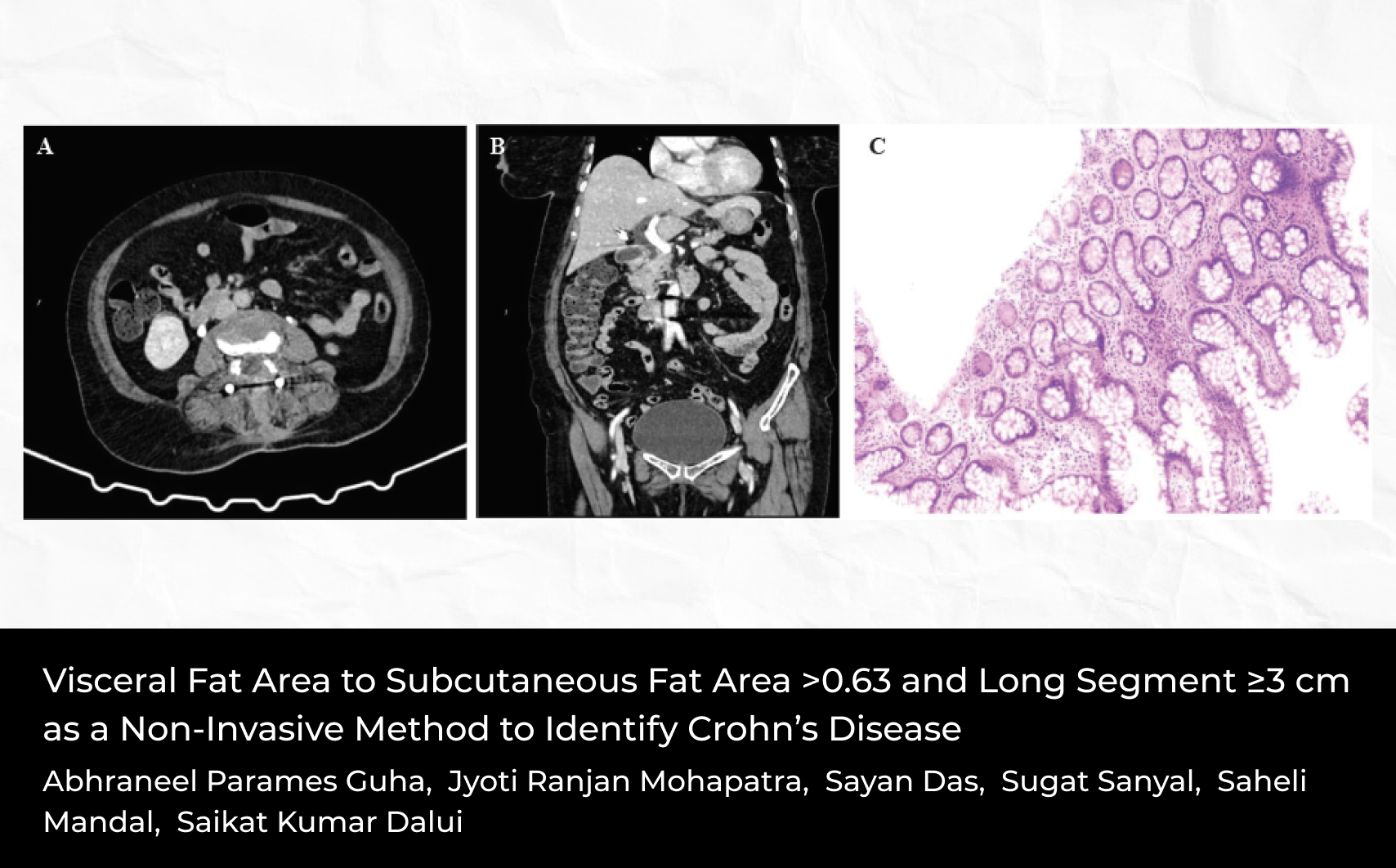
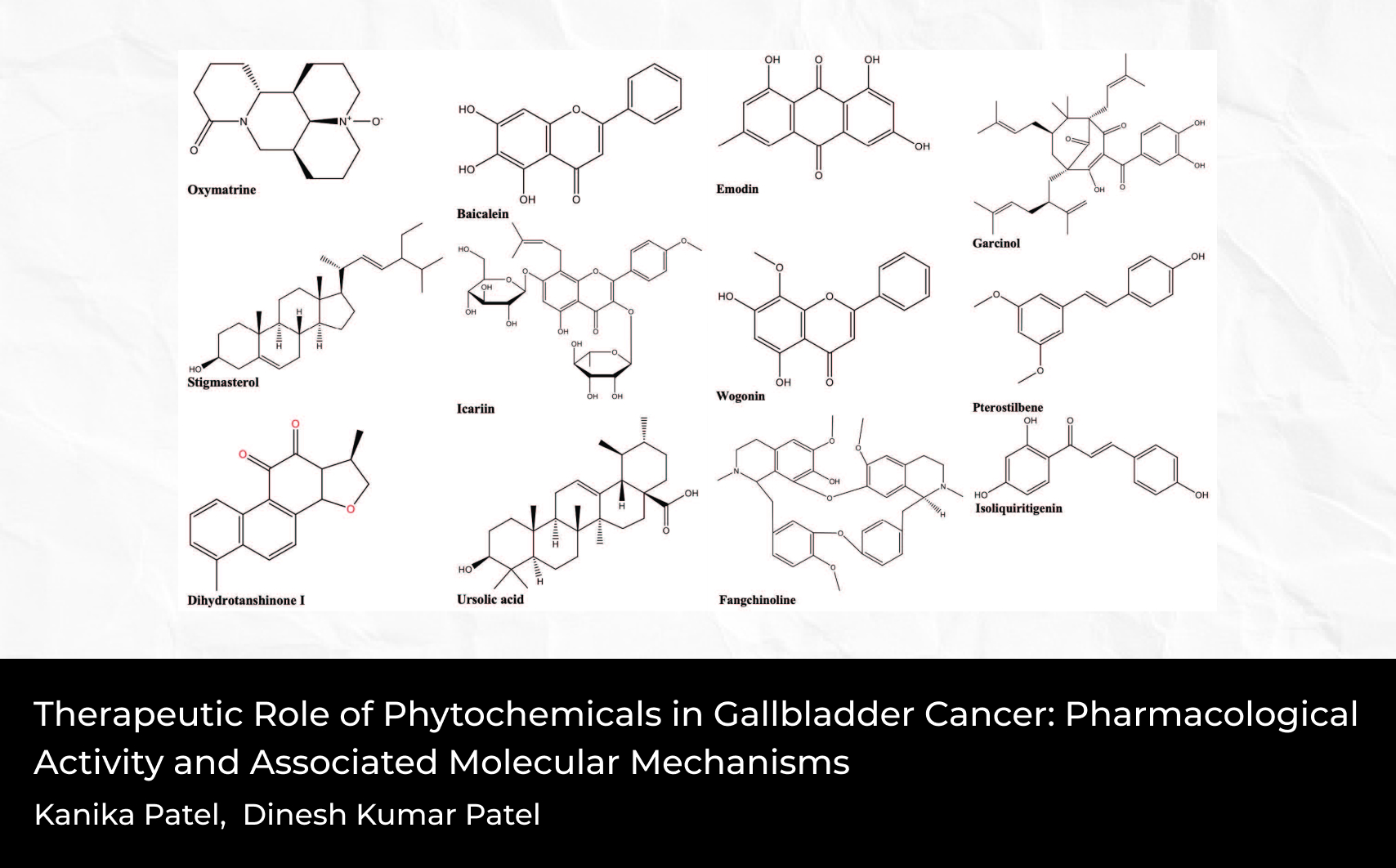
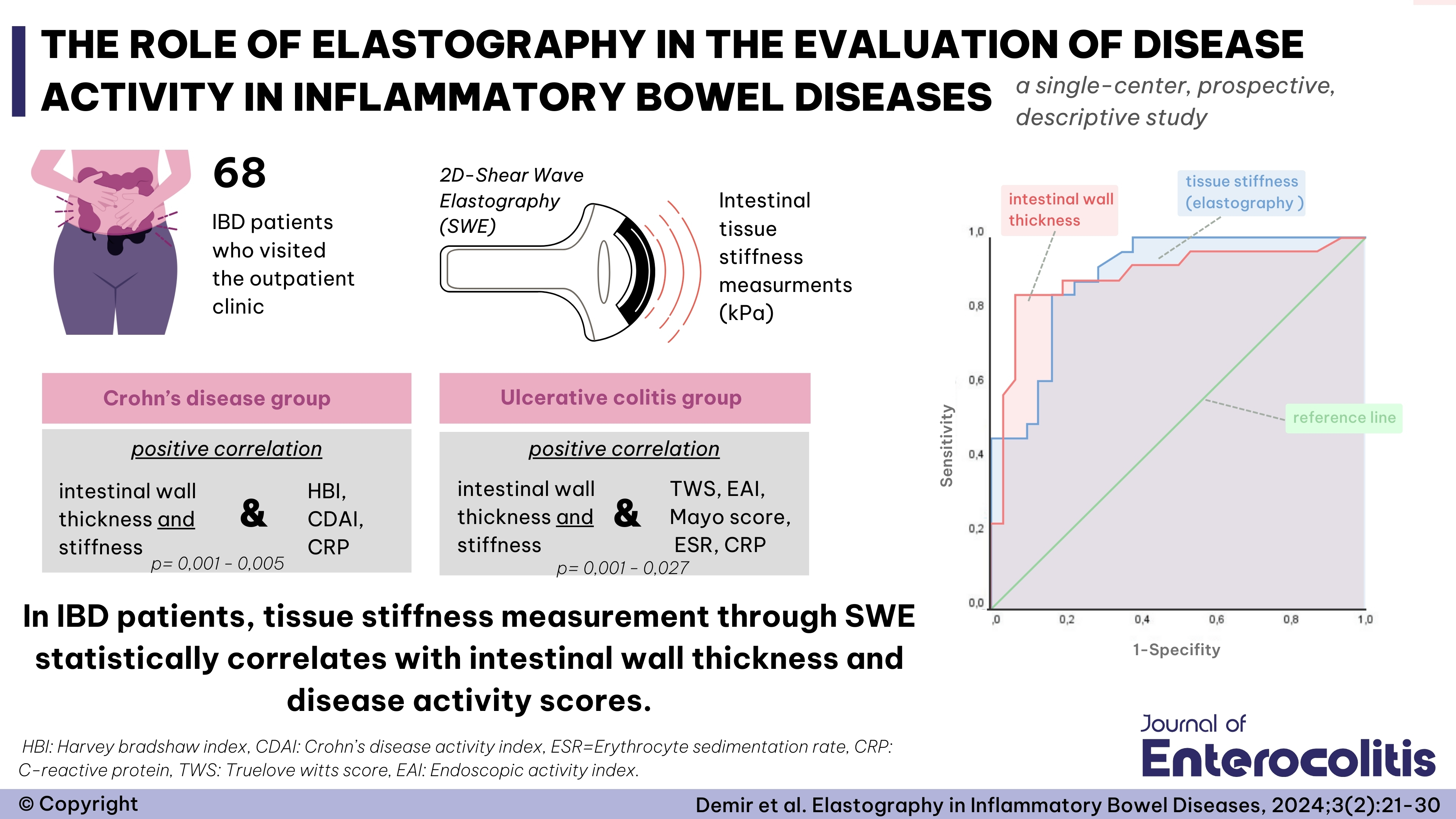
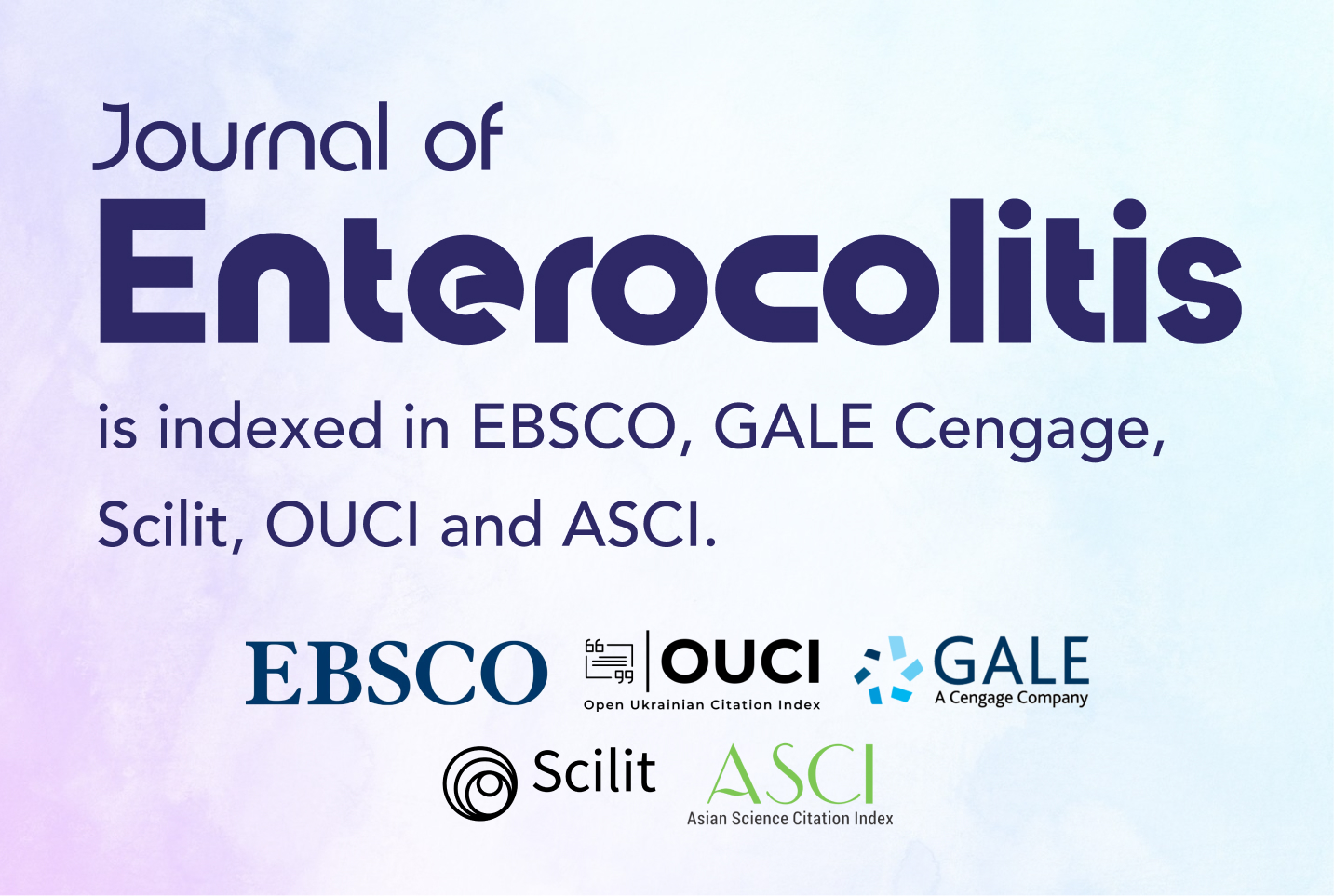
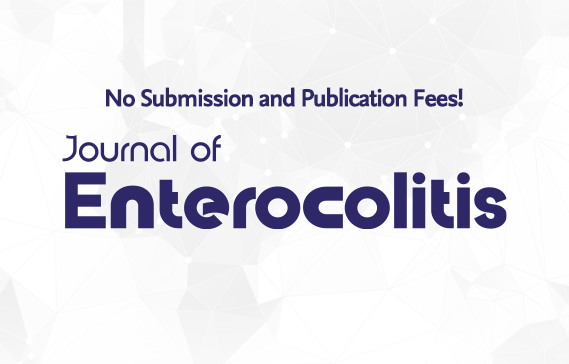
 Selim Sevim1
Selim Sevim1 






